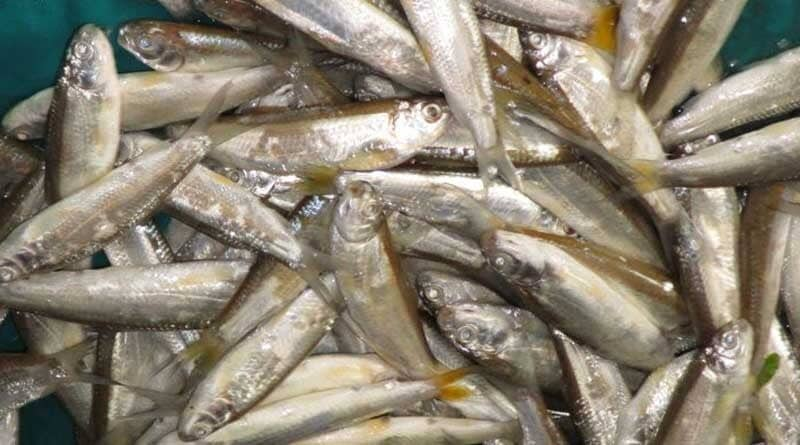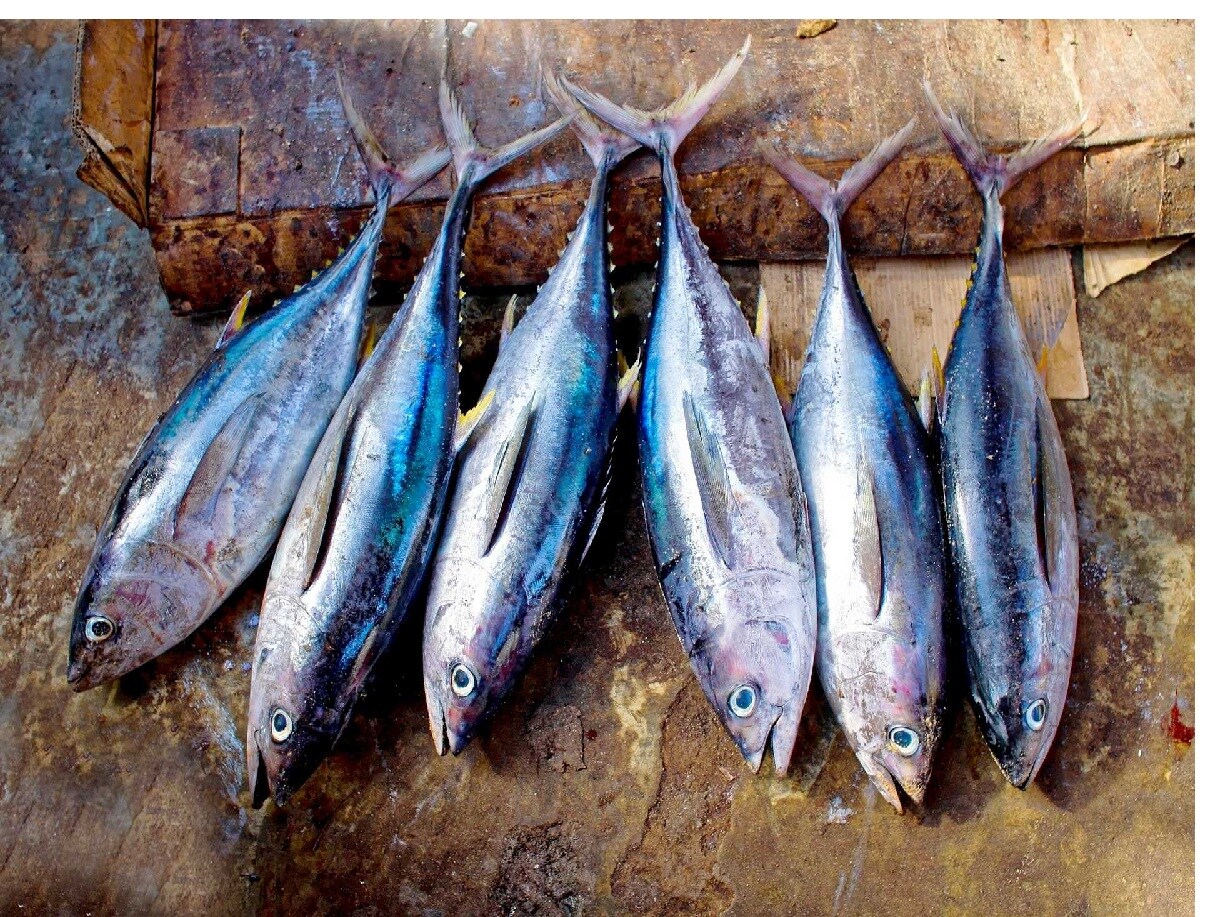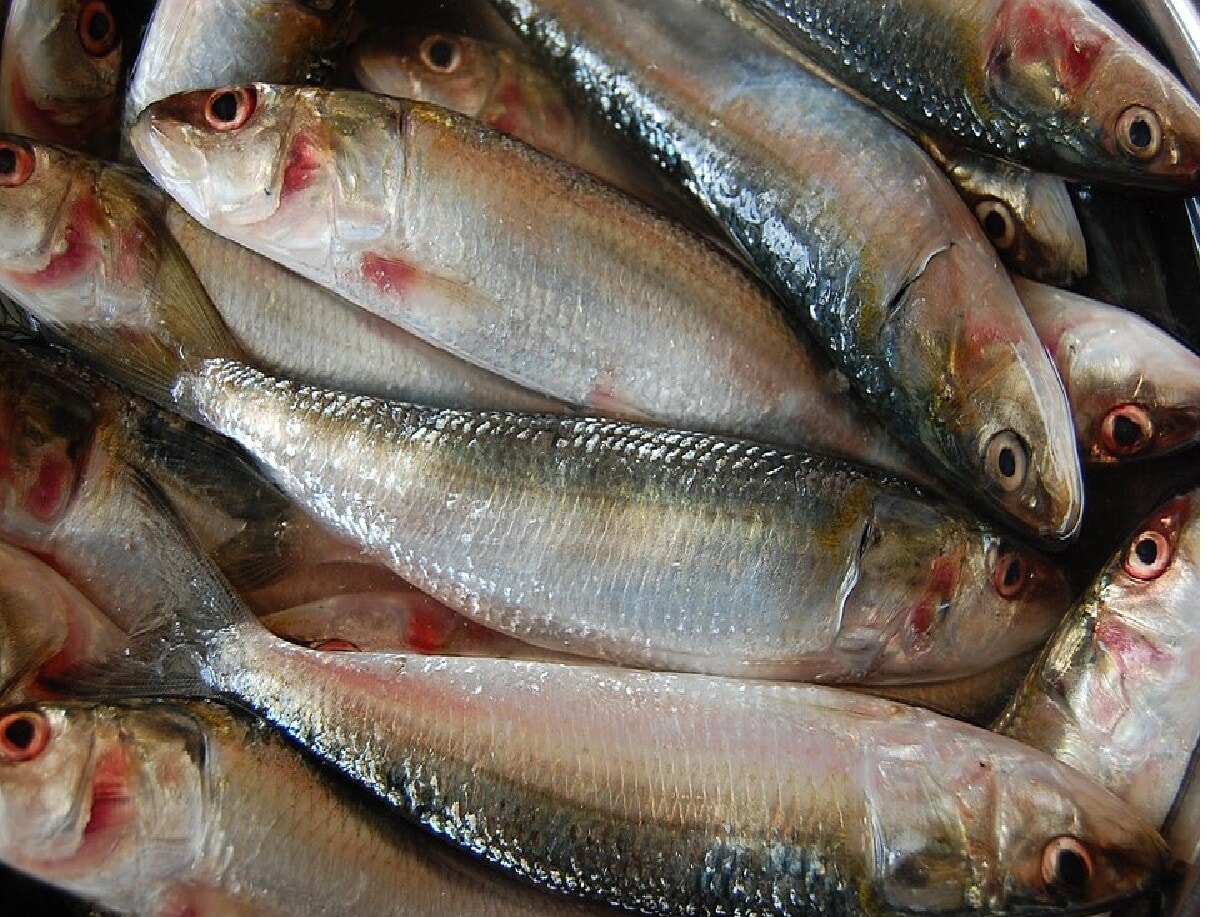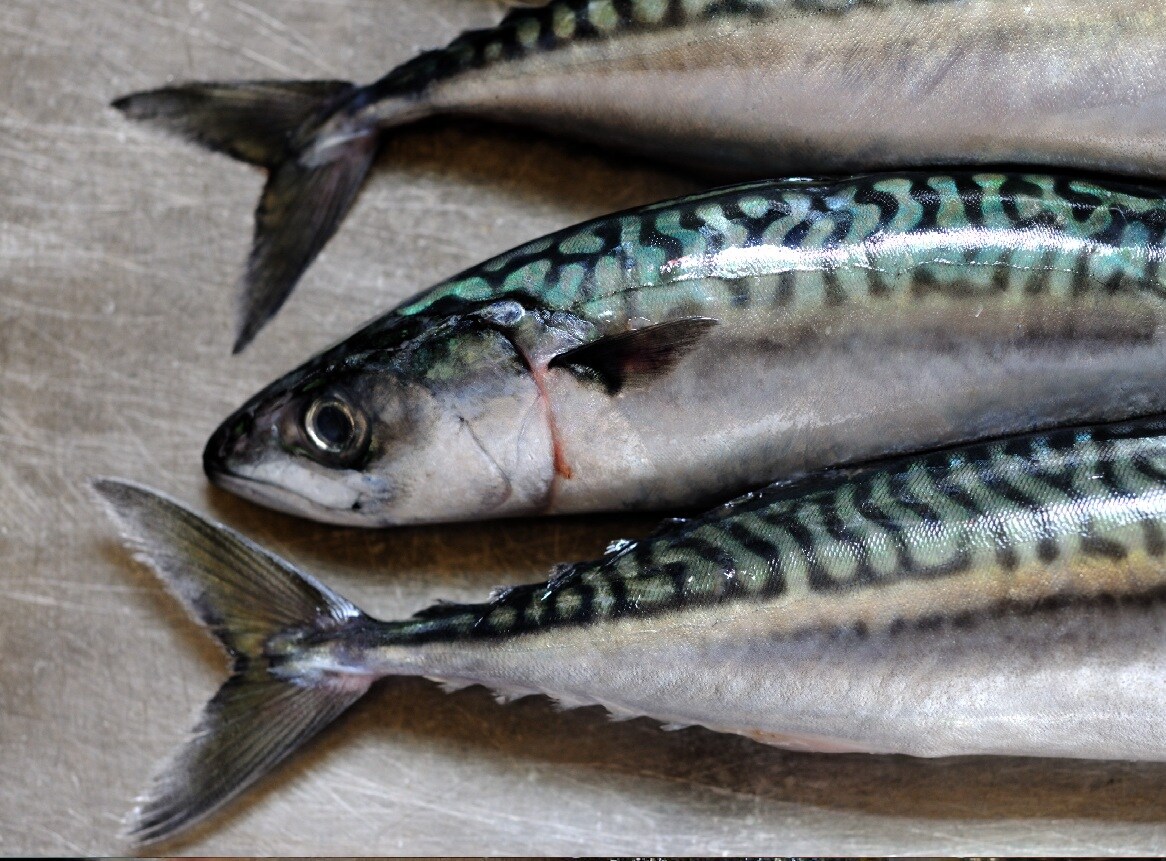
Fish is a powerhouse of nutrients and an excellent source of protein. Different types of fish can be classified based on their habitat, fat content, and nutritional value. For instance, freshwater fish include Rui, Katla, Koi, and Puti, while Rupchanda, Laitta, Bhetki, and Hilsa are saltwater fish. Low-fat options include Magur, Taki, and Sing, whereas high-fat fish include Pangas, Chital, Bhetki, and Hilsa. While fish is undeniably beneficial, moderation and proper preparation are key to maximizing benefits. (News18 Bengali)

Eating fish 2-3 times per week provides essential protein, omega-3 fatty acids, and nutrients that support heart and brain health. Most fish varieties are safe when consumed in moderation, though some may cause digestive discomfort in sensitive individuals if eaten in large quantities. (News18 Bengali)

Raw fish consumption requires proper handling and sourcing regardless of climate. In areas with limited refrigeration or food safety infrastructure, raw fish poses higher risks of bacterial contamination, parasites, and foodborne illness. Proper preparation and sourcing from reputable suppliers are essential. (News18 Bengali)

Some fish varieties contain higher levels of mercury or other contaminants. While these fish still offer nutritional benefits, pregnant women, nursing mothers, and young children should limit consumption of high-mercury fish. For most adults, moderate consumption poses minimal risk. (News18 Bengali)

Tuna: Tuna is rich in protein, omega-3 fatty acids, and vitamins B12 and D. Larger tuna species (like albacore and yellowfin) contain more mercury than smaller species (like skipjack). Most health authorities recommend limiting large tuna consumption to 1-2 servings per week for adults. (News18 Bengali)

Sardine: Sardines are actually among the lowest mercury fish and are considered one of the safest seafood choices. They’re rich in omega-3 fatty acids, protein, and calcium, making them an excellent option for regular consumption. (News18 Bengali)

Tilapia: Farm-raised tilapia quality varies by source and farming practices. Well-managed tilapia farms use proper feed and maintain good water quality. When sourced from reputable suppliers, tilapia is a lean protein source, though it’s lower in omega-3 fatty acids than some other fish. (News18 Bengali)

Catfish: Like tilapia, catfish quality depends on farming practices. Properly farmed catfish from regulated sources are generally safe. US farm-raised catfish, for example, follows strict food safety standards and is considered safe for regular consumption. (News18 Bengali)

Mackerel: Mackerel is an excellent source of omega-3 fatty acids and vitamin D. Smaller mackerel species (like Atlantic mackerel) are low in mercury and safe for regular consumption. King mackerel contains higher mercury levels and should be consumed more sparingly. (News18 Bengali)






